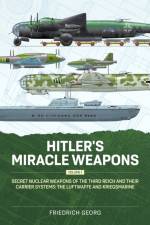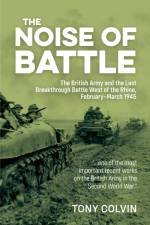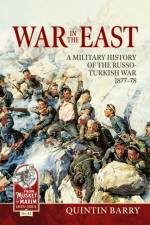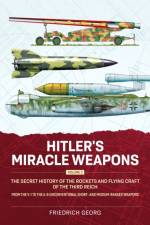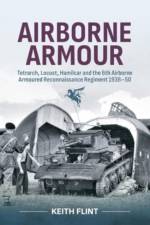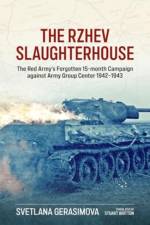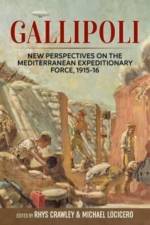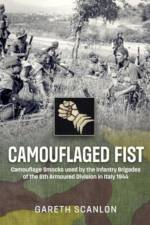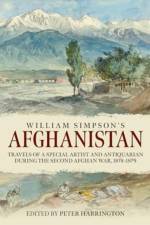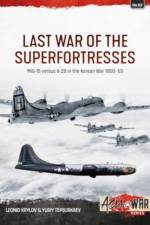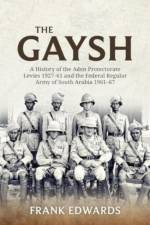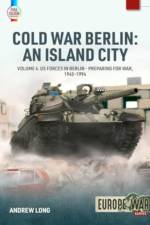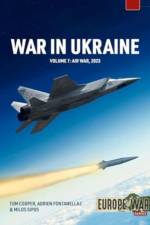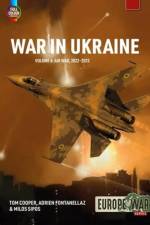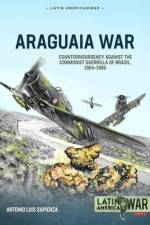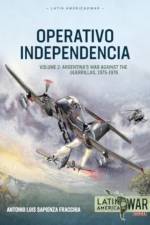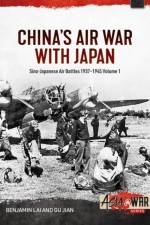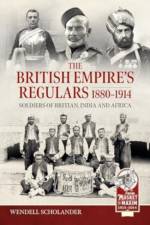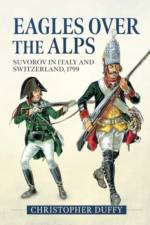av Andrew Long
269,-
Covers US forces in Berlin during the Cold War, from their arrival in July 1945, through to the departure of American Berlin Brigade in 1994.Cold War Berlin - An Island City Volume 4: US Forces in Berlin - Preparing For War 1945-1994 examines how the troops of the US Army's Berlin Brigade prepared for war: the units that made up the brigade; how it trained; how it was equipped; how it planned to defend the city; and also looks at the Special Forces units that served alongside it.At the end of the Second World War, the victors split Germany into three zones of occupation, and Berlin was divided into four sectors: one each for the British, Americans, French and Soviets. The western part of the city lay well within eastern Germany, cut off from immediate friendly military support and, as the Cold War developed, was surrounded by around 420,000 Soviet troops of the Group of Soviet Forces in Germany (GSFG) - the shock troops who would lead the invasion of Western Europe in the event of a war against NATO. There were also 180,000 East German troops of the Nationale Volksarmee, supported by tens of thousands of paramilitary police and the infamous East German Border Guards (Grenztruppen der DDR).US Forces in Berlin - Preparing For War looks at how the Berlin Brigade, the 5,000-strong American component of the Western military presence in the city prepared to defend West Berlin from the communist threat and examines what is known of Operation Stoss (or Zentrum); the East German plan to occupy Berlin in the event of war. This volume also looks at the work of the United States Military Liaison Mission (USMLM).US Forces in Berlin - Preparing For War is the second of two volumes covering US forces in Berlin during the Cold War, from their arrival in July 1945, through to the departure of American Berlin Brigade in 1994. The text is richly illustrated with photographs, illustrations, diagrams, tables, maps, plans, and color profiles, and is printed in full color throughout.


